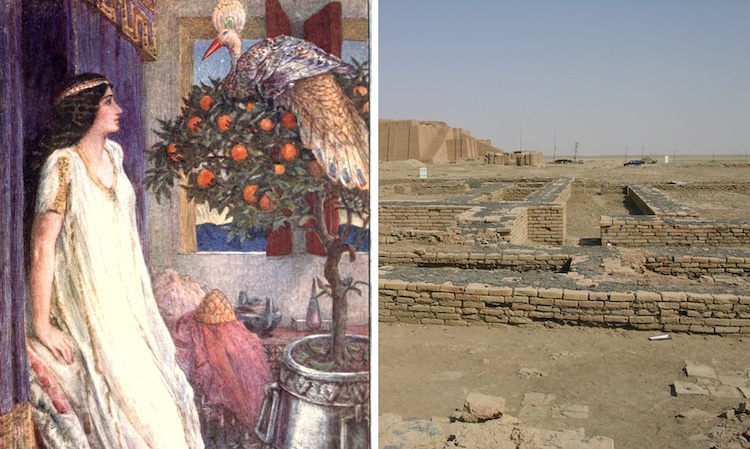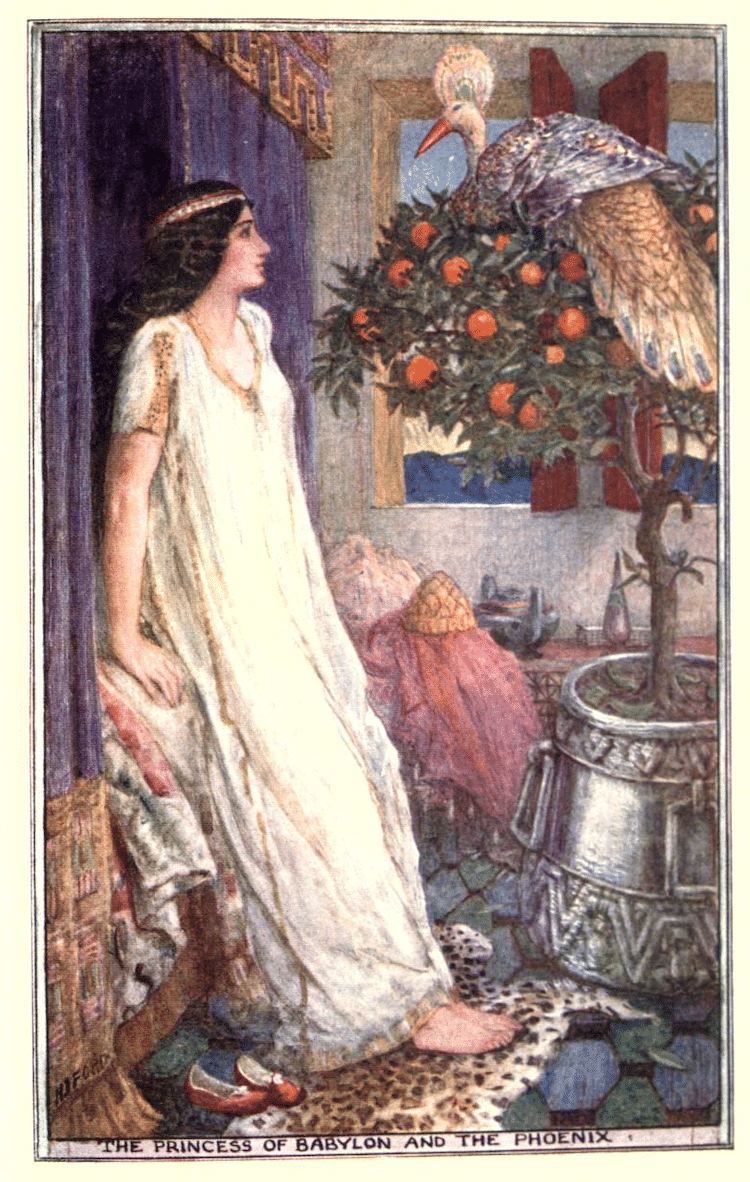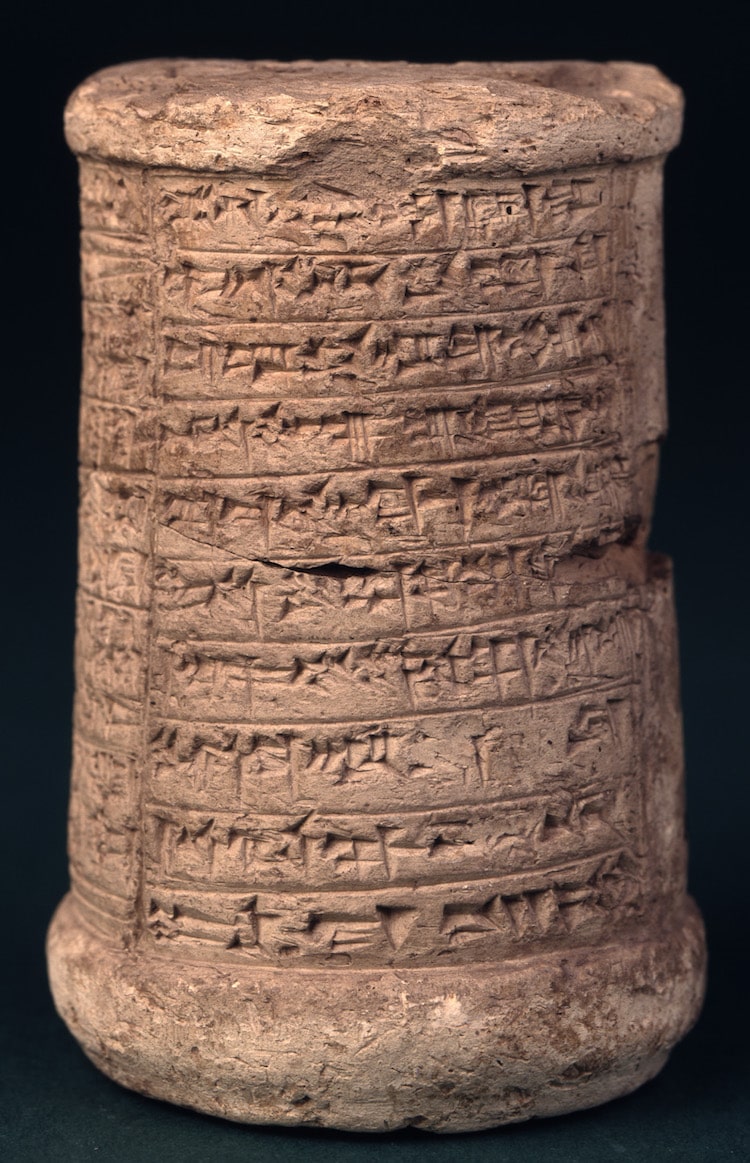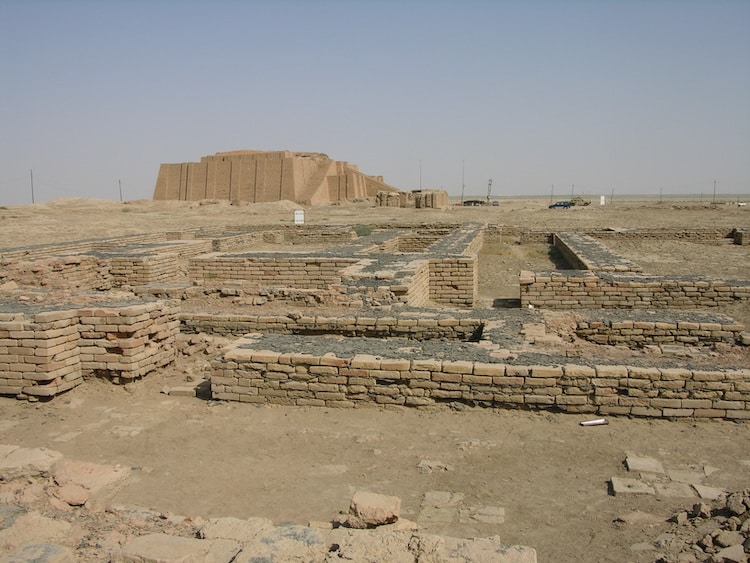Ennigaldi-Nanna helped organize all of these objects to inform and share the history of the empire.
Here we will learn more about Ennigaldi-Nanna and the significance of her museum.
Who Was Ennigaldi-Nanna?

Photo:Wikimedia Commons, Public domain (left); M.Lubinski viaWikimedia Commons(CC BY-SA 2.0) (right)
She was the firstentuin six centuries and held significant importance in Ur.
This museum contained artifacts excavated by Nabonidus and some that were collected by Nebuchadnezzar II.
Ennigaldi-Nanna was believed to have curated all of the artifacts and assigned labels to the collections.

Henry Justice Ford, “The Princess of Babylon and the Phoenix” for “The Strange Story Book,” 1913 (Photo:Wikimedia Commons, Public domain)
There was even an early form of museum catalogs that were inscribed on tablets.
Ennigaldi-Nanna was believed to have overseen this museum until the end of her reign asentuaround 500 BCE.
Afterward, the area of Ur declined under Achaemenid rule and the museum was forgotten.

A clay cylinder inscribed with a description in three languages, as used in Ennigaldi-Nanna’s museum to accompany an ancient artifact; these are the earliest known “museum labels.” (Photo:Wikimedia Commons,CC BY-SA 4.0)
Some of the objects like the inscribed clay cylinders were recovered during the excavation.

Ruins of Ennigaldi-Nanna’s museum in the town of Ur, Southern Iraq (Photo: M.Lubinski viaWikimedia Commons,CC BY-SA 2.0)